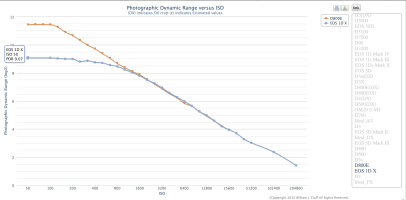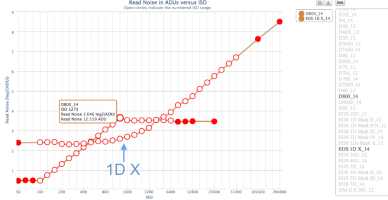molnarcs said:I don't know where the better high ISO performance argument comes from. Traditionally, Canon had the higher resolution while Nikon had better high ISO capabilities. The 3Ds is still the best performing low-light camera (with the 1Dx just catching up).
d800 ISO 8063 1/100 F/1.8 50mm. No post-processing (import to Lightroom, export to JPEG), High-ISO NR off.
EDIT - The above comment is true since the D3 of course.
No they don't. The D4 doesn't even have as high of ISO capabilities as the 1DX. I'm tired of charts and scores, this is experience-based. Sorry. If you want to prove me wrong, go out on a poorly lit football field this fall. Shoot each camera at ISO 25,600 and tell me which camera has better high ISO capabilities.
Upvote
0


